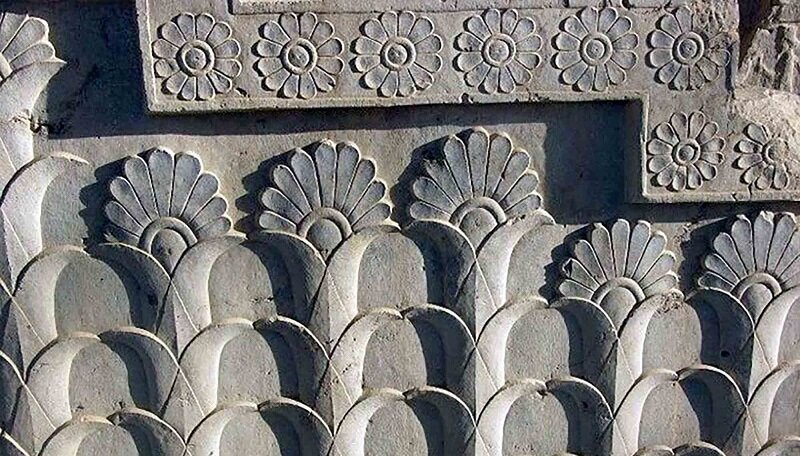INSUBCONTINENT EXCLUSIVE:
TEHRAN-- An image display of stone carvings of the UNESCO-registered Persepolis bearing concepts of plants and flowers will be kept in the
Great Museum of Khorasan, the director of the museum has said.The exhibit has been organized on the occasion of National Arbor Day, which
will be celebrated on March 6, Ali Safarnejad described on Tuesday.The exhibit will showcase a collection of images by Iranian artist Mohsen
Omidkhoda, he added.Persepolis, likewise called Takht-e Jamshid, whose stunning ruins rest at the foot of Kuh-e Rahmat (Mountain of Mercy)
is situated 60 kilometers northeast of the city of Shiraz in Fars province
It was the seat of the government of the Achaemenid Empire, though it was created mainly to be a showplace and spectacular center for the
receptions and celebrations of the kings and their empire.Persepolis ranks among the historical sites which have no comparable, considering
its unique architecture, urban preparation, building technology, and art
This 13-ha ensemble of marvelous methods, significant staircases, throne spaces (Apadana), reception rooms, and dependences is classified
amongst the worlds greatest historical sites
The citys tremendous balcony was begun about 518 BC by Darius the Great, the Achaemenid Empires king
On this balcony, succeeding kings erected a series of architecturally sensational palatial buildings, amongst them the massive Apadana
palace and the Throne Hall ( Hundred-Column Hall )
According to Britannica, the stone was cut with the utmost precision into blocks of excellent size, which were laid without mortar; a number
of them are still in location
Particularly striking are the substantial columns, 13 of which still stand in the audience hall of Darius I (the Great; reigned 522-- 486
BC), known as the Apadana, the name provided to a comparable hall built by Darius at Susa
There are 2 more columns still standing in the entrance hall of eviction of Xerxes, and a third has actually been put together there from
its damaged pieces.Narratives say that Persepolis was burnt by Alexander the Great in 330 BC obviously as vengeance on the Persians because
it seems the Persian King Xerxes had burnt the Greek City of Athens around 150 years earlier.The ancient area, referred to as Pars (Fars),
or Persis, was the heart of the Achaemenid Empire established by Cyrus the Great and had its capital in Pasargadae
Darius I the Great moved the capital to nearby Persepolis in the late 6th or early 5th century BC
Alexander the Great beat the Achaemenian army at Arbela in 331 and burned Persepolis obviously as vengeance on the Persians because it
appears the Persian King Xerxes had burnt the Greek City of Athens around 150 years earlier.ABU/ AM

